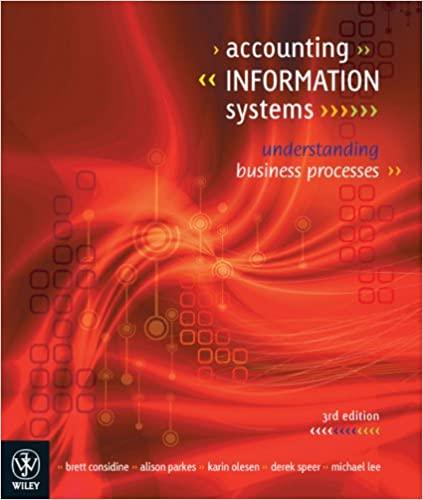Problem 5-4AA (Algo) Perpetual: Alternative cost flows LO P3 Montoure Company uses a perpetual inventory system. It entered into the following calendar-year purchases and sales transactions. Date Activities Units Acquired at cost Units sold at Retail Jan. 1 Beginning inventory 660 unitse $45 per unit Feb. 10 Purchase 520 units e $42 per unit Mar. 13 Purchase 260 units $27 per unit Mar. 15 Sales 920 units : $75 per unit Aug. 21 Purchase 160 units $50 per unit Sept. 5 Purchase 680 units e $46 per unit Sept. 10 Sales 840 unitse $75 per unit Totals 2,280 units 1,760 units Required: 1. Compute cost of goods available for sale and the number of units available for sale. $ Cost of goods available for sale Number of units available for sale 97,840 2,280 units 2. Compute the number of units in ending inventory. Ending inventory 520 units 3. Compute the cost assigned to ending inventory using (a) FIFO. (6) LIFO. ( weighted average, and (a specific identification. (For specific identification, units sold consist of 660 units from beginning inventory, 420 from the February 10 purchase, 260 from the March 13 purchase, 110 from the August 21 purchase, and 310 from the September 5 purchase.) Specific Id Perpetual FIFO Perpetual LIFO Weighted Average Compute the cost assigned to ending Inventory using FIFO. (Round your average cost per unit to 2 decimal places.) Perpetual FIFO: Goods Purchased # of Cost per units unit Date Cost of Goods Sold # of units Cost per sold Cost of Goods Sold unit Inventory Balance Cost per # of units Inventory unit Balance 660 $ 45.00 = $ 29,700.00 Jan 1 Feb 10 520 @ $ 42.00 6600 @ 520 @ $45.00 = $42.00 = Mar 13 260 @ $ 27.00 660 @ 520 @ $ 45.00 = $ 42.00 = $ 27.00 = $ 29,700.00 21,840.00 $ 51,540.00 $ 29,700.00 21,840.00 7,020.00 $ 58,560.00 260 Mar 15 $ 45,00 - $ 42.00 - 0.00 0.00 $42.00 $ 27.00 Aug 21 Sept 5 Sept 10 Totals $ 0.00 $ 0.00 Compute the cost assigned to ending inventory using LIFO. (Round your average cost per unit to 2 decimal places.) Perpetual LIFO: Goods Purchased Cost of Goods Sold Inventory Balance # of Cost per Date # of units Cost per Cost per Inventory Cost of Goods Sold # of units units unit sold unit unit Balance Jan 1 660 @ $45.00 = $ 29.700.00 Feb 10 Mar 13 Mar 15 Aug 21 Sopt 5 Sept 10 0 Totals $ 0.00 Weighted Perpetual FIFO Perpetual LIFO Specific Id Average Compute the cost assigned to ending inventory using weighted average. (Round your average cost per unit to 2 decimal places.) Weighted Average Perpetual: Goods Purchased Cost of Goods Sold Inventory Balance #of Cost per Date # of units Cost per Cost of Goods Sold Cost per Inventory # of units units unit sold unit unit Balance Jan 1 660 @ $45.00 = $ 29,700.00 Feb 10 Average Mar 13 Mar 15 Aug 21 Average Sept 5 Sept 10 Totals 0.00 Compute the cost assigned to ending inventory using specific identification. For specific identification, units sold consist of 660 units from beginning inventory, 420 from the February 10 purchase, 260 from the March 13 purchase, 110 from the August 21 purchase, and 310 from the September 5 purchase. (Round your average cost per unit to 2 decimal places.) Cost of Goods Sold Cast per Specific Identification: Goeds Purchased Date of units unit January 1 February 10 W of units sold Cost per cost of Goods Sold Inventory Balance of units unit 650 $ 45.00 $ 29,700.00 Cost por Inventory Balance unit March 13 March 15 Aug 21 Sep 5 Sep 10 Totals $ 0.00 4. Compute gross profit earned by the company for each of the four costing methods. (Round your average cost per unit to 2 decimal places.) FIFO LIFO Weighted Average Specific Identification Sales Loss Coat of goods sold Gross profit 0$ ols 0 5. The company's manager earns a bonus based on a percent of gross profit. Which method of inventory costing produces the highest bonus for the manager? Weighted Average O FIFO LIFO Specific Identification I am confused about the difference of periodic & perpetual for each of these methods













